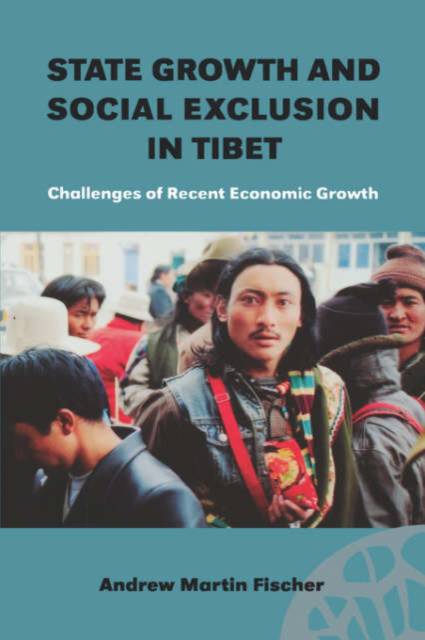
- Afhalen na 1 uur in een winkel met voorraad
- Gratis thuislevering in België vanaf € 30
- Ruim aanbod met 7 miljoen producten
- Afhalen na 1 uur in een winkel met voorraad
- Gratis thuislevering in België vanaf € 30
- Ruim aanbod met 7 miljoen producten
Zoeken
State Growth and Social Exclusion in Tibet
Challenges of Recent Economic Growth
Andrew Martin Fischer
€ 42,95
+ 85 punten
Omschrijving
The most pressing economic challenges facing the Tibetan areas of western China relate to the marginalization of the majority of Tibetans from rapid state-led growth. The urban-rural divide plays an important role in this polarized dynamic but alone only partially explains differences with other Chinese regions, all of which generally exhibit strong spatial inequalities. This book therefore focuses on several further factors that determine the ethnically exclusionary character of current peripheral growth in the Tibetan areas. These include processes of urbanization, immigration, employment, and education as key factors underlying structural economic change.
Specificaties
Betrokkenen
- Auteur(s):
- Uitgeverij:
Inhoud
- Aantal bladzijden:
- 214
- Taal:
- Engels
- Reeks:
Eigenschappen
- Productcode (EAN):
- 9788791114632
- Verschijningsdatum:
- 1/08/2005
- Uitvoering:
- Paperback
- Formaat:
- Trade paperback (VS)
- Afmetingen:
- 142 mm x 216 mm
- Gewicht:
- 326 g

Alleen bij Standaard Boekhandel
+ 85 punten op je klantenkaart van Standaard Boekhandel
Beoordelingen
We publiceren alleen reviews die voldoen aan de voorwaarden voor reviews. Bekijk onze voorwaarden voor reviews.








